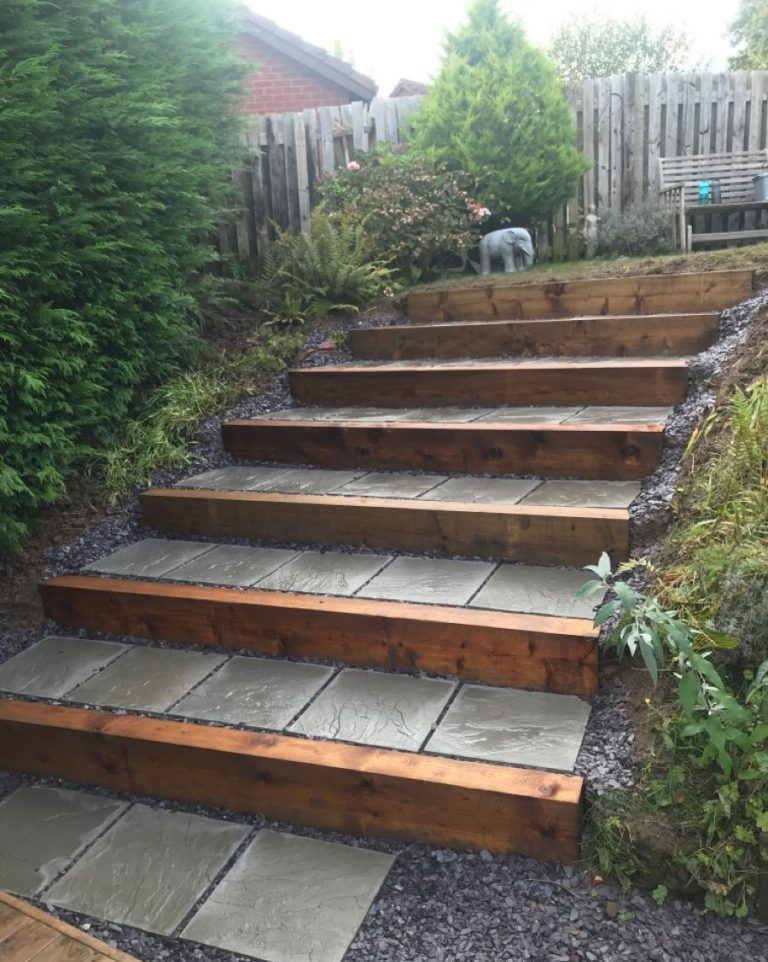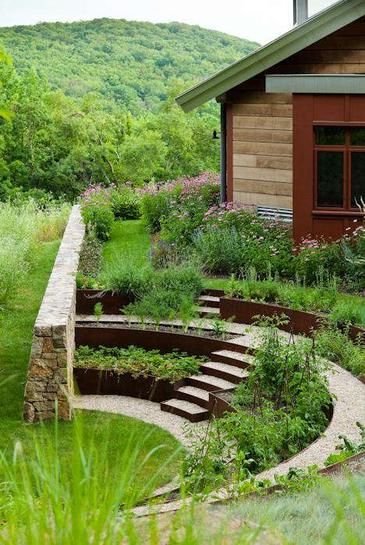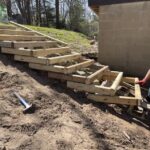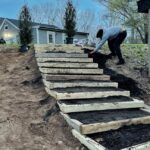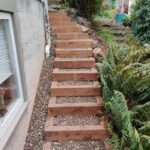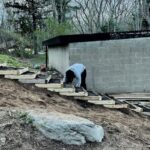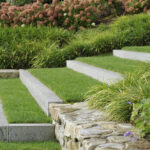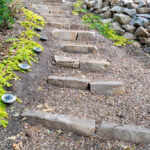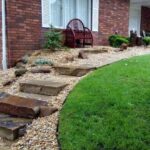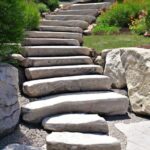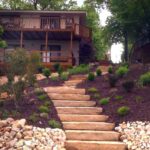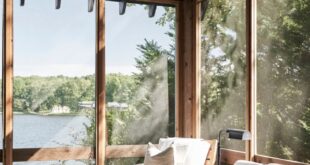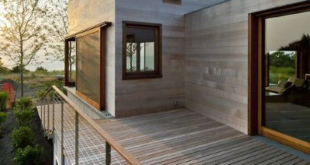Landscaping a sloped area can be a challenging task, but with the right approach and techniques, it is possible to create a beautiful and functional outdoor space. Here are some steps to help you achieve a successful landscaping project on a slope.
The first step in landscaping a slope is to carefully assess the slope and its surrounding environment. Take note of any natural features, such as trees or existing vegetation, that you want to preserve. Consider the amount of sunlight the slope receives and the type of soil it has. This information will help you determine the best plants and design elements for the slope.
One of the key considerations when landscaping a slope is erosion control. To prevent soil erosion, it is important to install retaining walls, terraces, or other structural elements to help stabilize the slope. These structures can also create additional planting areas and add visual interest to the landscape. Make sure to use materials that are appropriate for the slope’s conditions and that complement the overall design of the space.
When selecting plants for a sloped landscape, choose species that are well-suited to the slope’s conditions. Plants with deep roots, such as shrubs and grasses, are good choices for stabilizing soil on a slope. Consider using a mix of ground covers, perennials, and trees to create a diverse and visually appealing landscape. Group plants together based on their water and sunlight needs to create microclimates that will help them thrive.
In addition to plants, hardscaping elements can also enhance the beauty and functionality of a sloped landscape. Paths, stairs, and decks can help make the slope more accessible and improve circulation through the space. Consider using materials that complement the natural surroundings, such as stone, wood, or concrete. Incorporating seating areas and focal points, such as water features or sculptures, can also add interest and create inviting spaces for relaxation.
Regular maintenance is essential for keeping a sloped landscape looking its best. This includes watering, fertilizing, pruning, and weeding as needed. Keep an eye on erosion control structures to ensure they are functioning properly and make any necessary repairs. By staying on top of maintenance tasks, you can help your sloped landscape thrive and continue to be a beautiful and enjoyable outdoor space for years to come.
